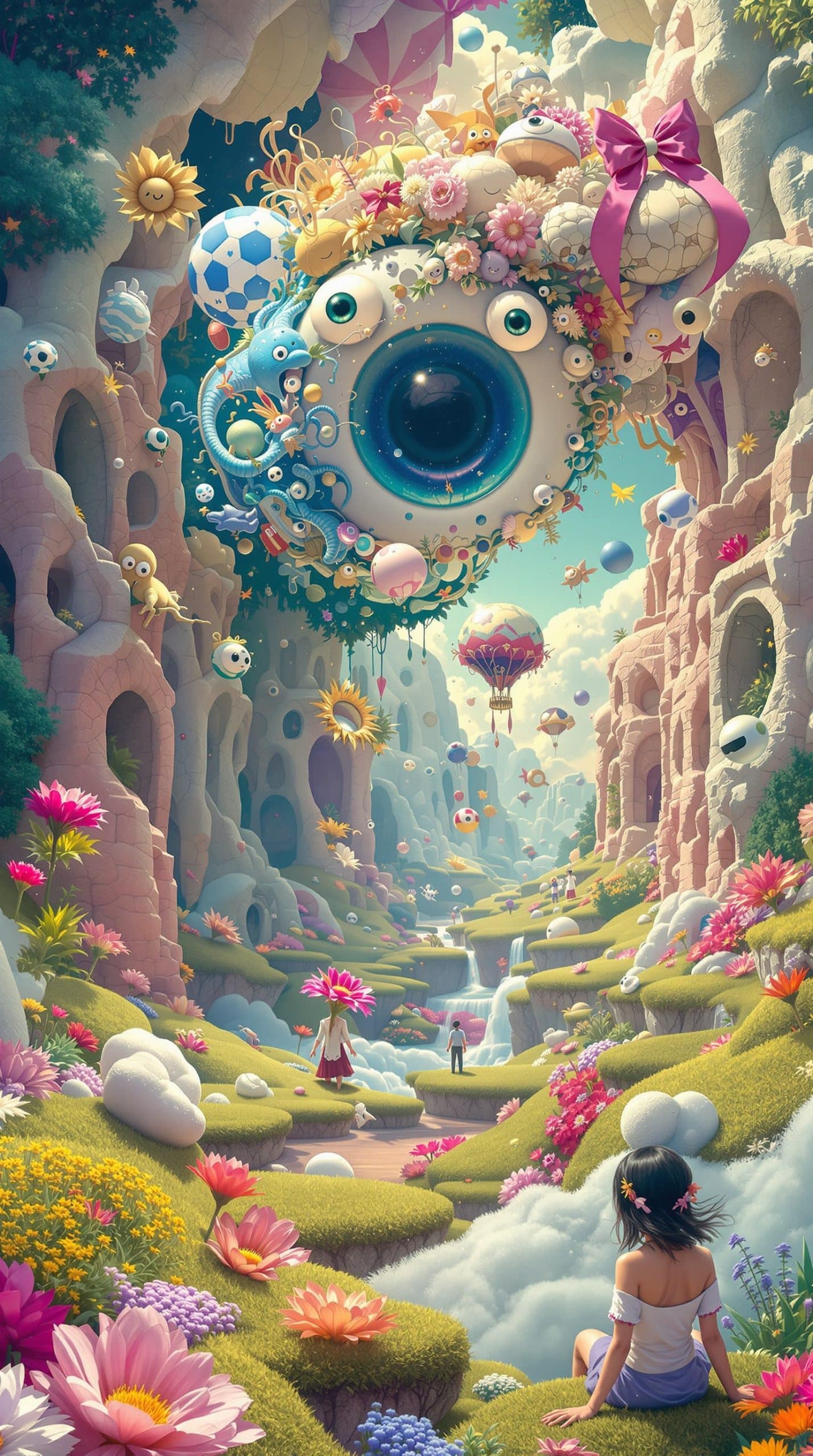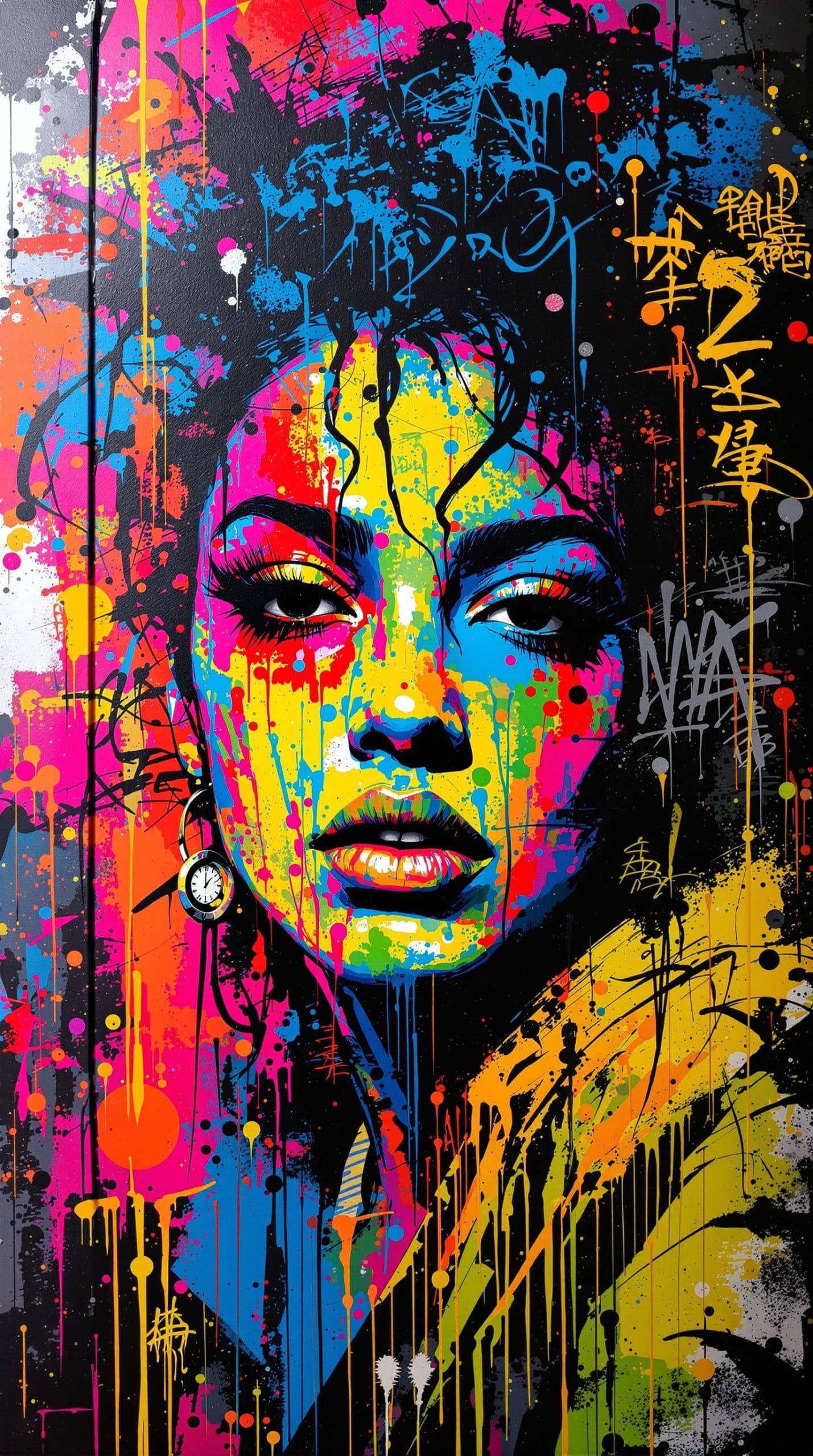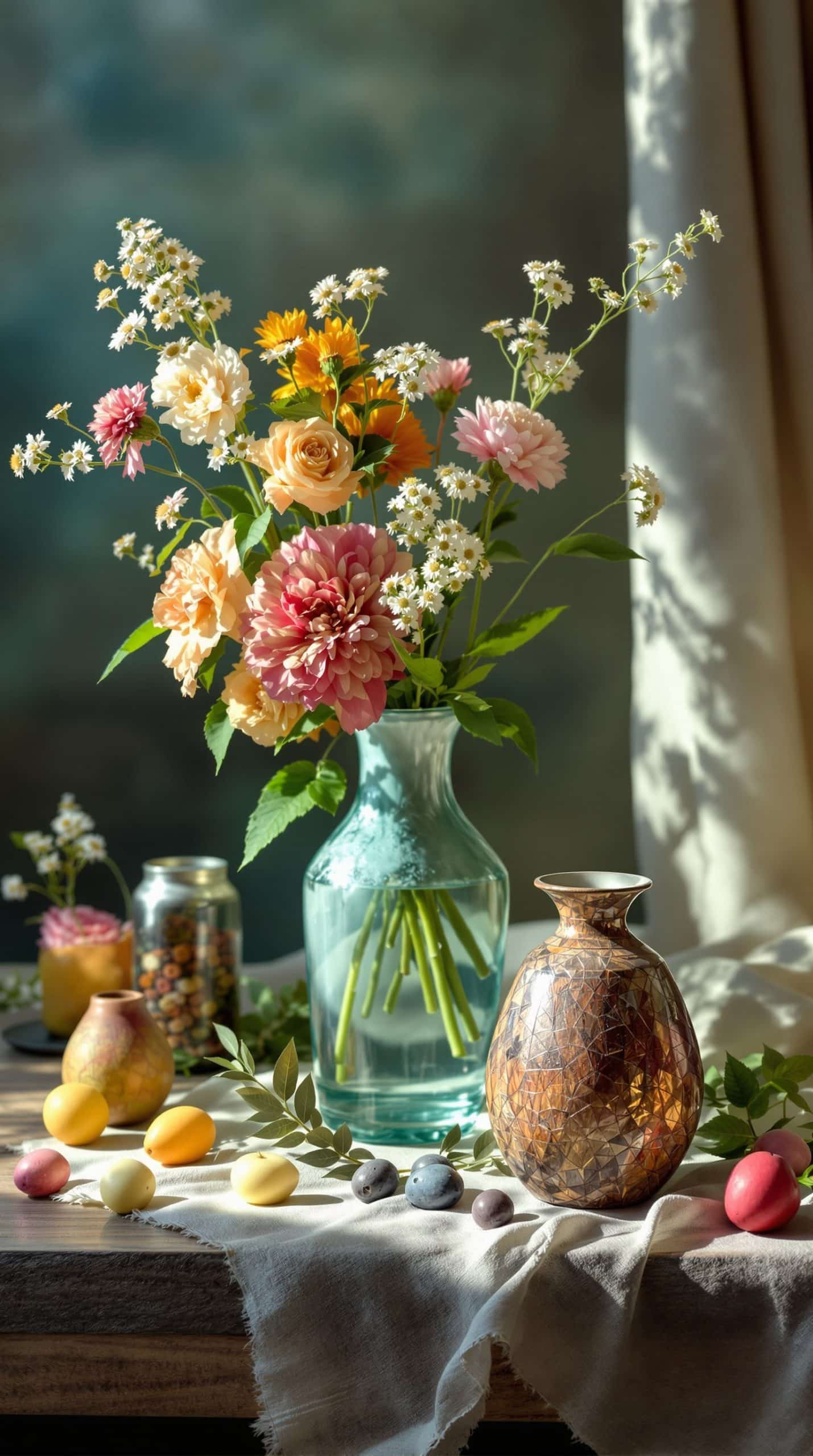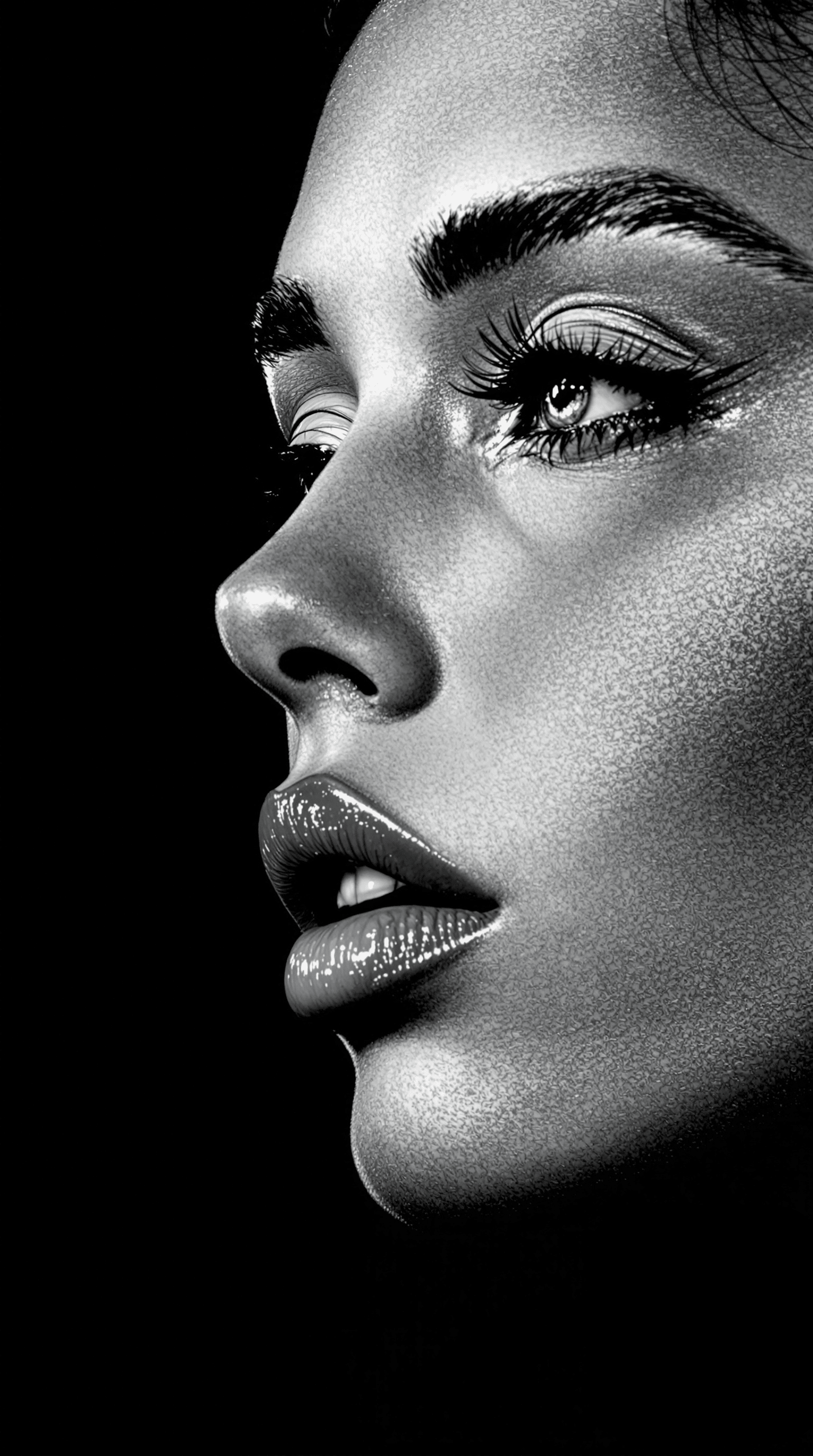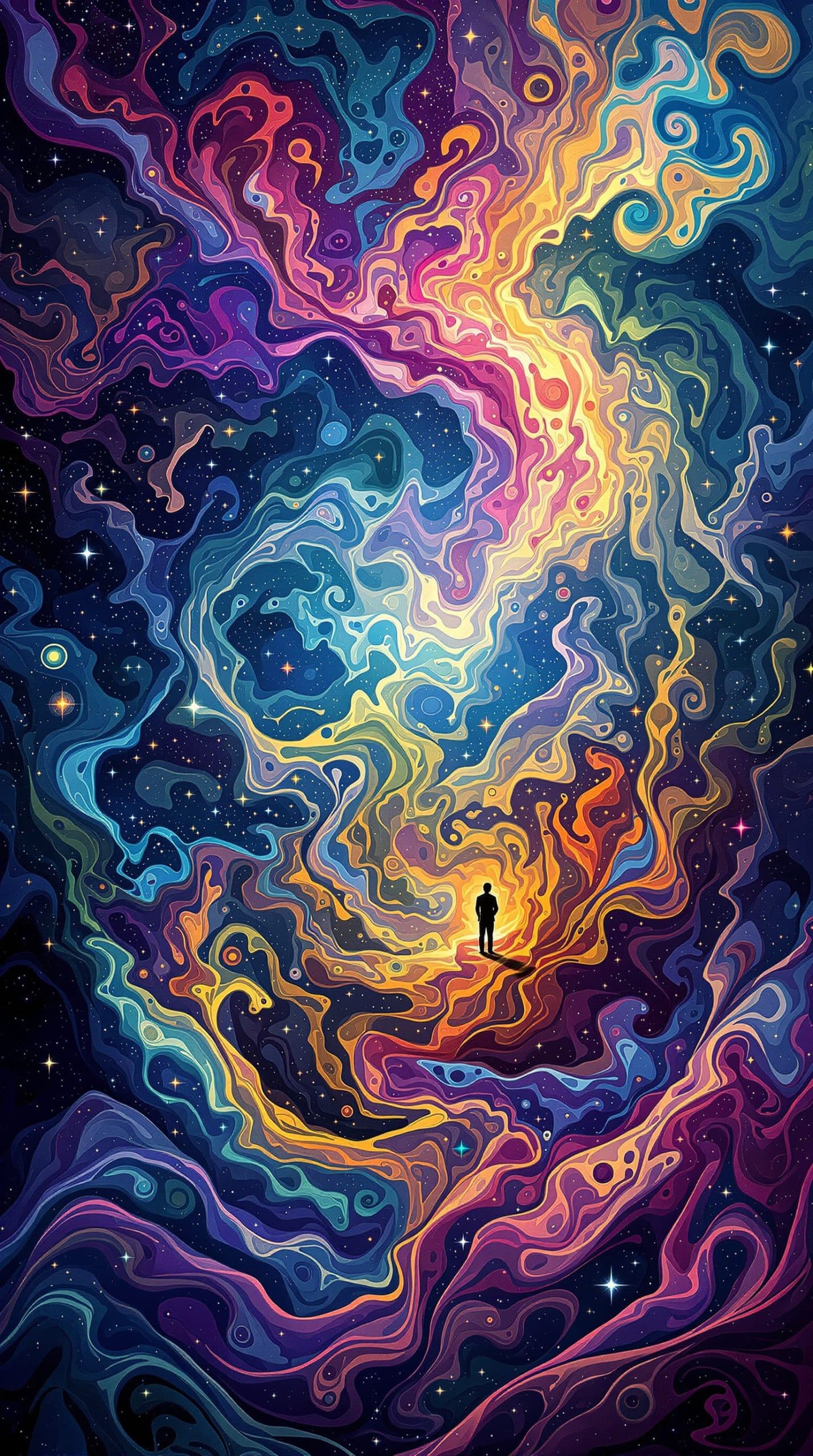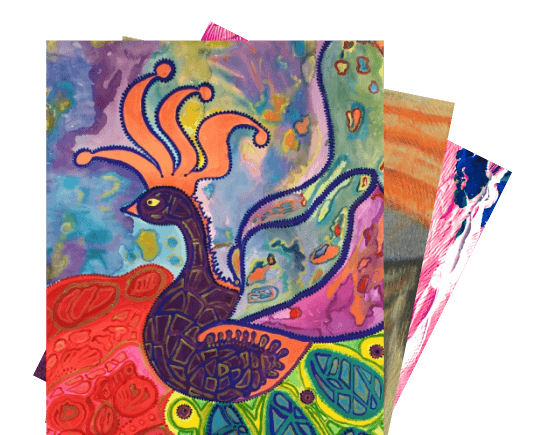Filters
Available Artwork
Other styles of paintings you may like
Origins of Beige/Cream Painting:
The colour beige, often associated with calm, elegance, and timeless minimalism, has a surprisingly layered history rooted in both linguistics and material culture. The word beige was initially used to describe a variety of tints chosen for their neutral and pale, yet warm appearance. The colour "beige" started to be widely recognised and used as a term in France around 1855–1860. It later appeared in literature when Edmond de Goncourt included it in his 1877 novel, La Fille Elisa. The word "beige" was first documented as a colour name in the English language in 1887. Beige traces its history back to Palaeolithic times, where some of its earliest works were found in cave paintings, which derived from pale ochres and iron-based minerals. The communities in Africa, Europe and Asia adopted this pigment.
Cream, on the other hand, takes its name from dairy cream—the thick, fatty layer that rises to the top of milk. Cream is used as a skin tone in some forms of art, mostly anime. It is also used to describe the general skin tone of East and Southeast Asia. The colour "cream" has a long history, with its use as a descriptive term tracing back to the late 16th century. It originated from the Old French word "crème," which itself came from the Latin "crema." This colour has consistently been significant across many cultures, often symbolising purity and simplicity.
While beige and cream are now considered modern neutrals, they both hold significant historical roots. In ancient cultures, including those of the Egyptians and Romans, artists often used naturally derived pigments made from clay, limestone, or chalk to produce pale hues for wall paintings, pottery, and frescoes. These natural pigments created soft, earthy colours similar to today's beige or cream. For example, Rembrandt and Caravaggio used cream beige to sculpt form and highlight intricate fabrics, adding a touch of warmth and drama to their compositions. Moreover, the use of cream beige can be found in da Vinci's Mona Lisa. Ukiyo-e prints also featured cream beige. From depicting pale skies to the subtle folds of a kimono, and it captured the fleeting beauty of everyday life and evoked a sense of quiet contemplation.
Today, beige and cream remain integral in both traditional and contemporary palettes.


